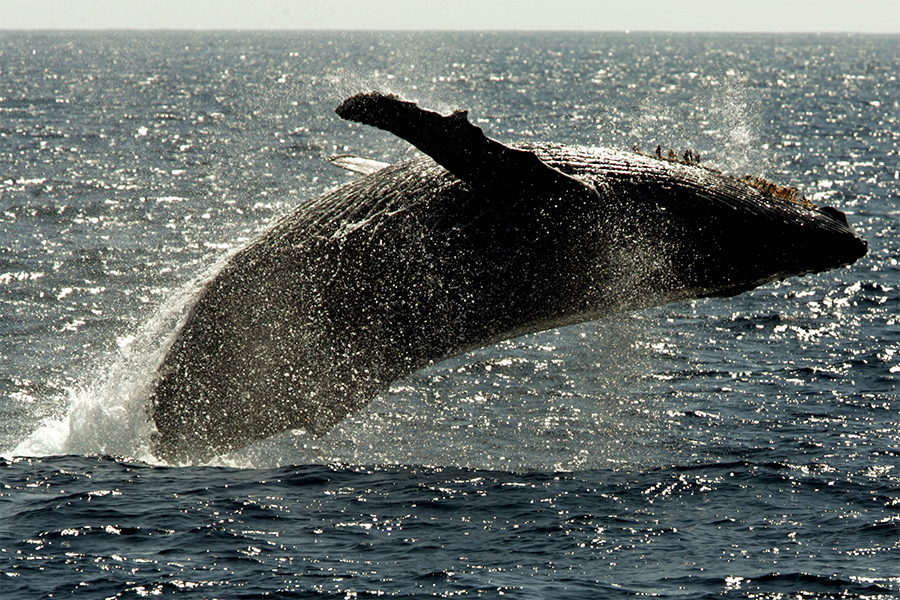What happened to Hawaii's missing whales?
Loading...
The annual arrival of humpback whales off the coast of Hawaii is a virtual certainty, but the animals are conspicuously absent this year.
In a year that has seen abnormal oceanic patterns that have brought tropical fish to the coast of California along with heavy rains, the disappearance of the humpback is rousing concerns.
It means big losses for a tourism industry that relies on the whales’ annual migration to the Hawaii’s warm waters, where roughly 10,000 humpbacks come to breed each year.
The whales migrate from the icier waters of Alaska, while the first seasonal sightings trickle in by October, according to the Pacific Whale Foundation. The organization even guarantees sightings from early November to mid-May.
Brought to the edge of extinction in the early 1990s by commercial whale hunting, the humpback whale has bounced back, with its population today standing at about 21,000, about half of which travel to the islands, according to the Hawaiian Islands Humpback Whale National Marine Sanctuary.
Hawaii is the only area in the United States where Humpbacks “mate, calve, and nurse their young,” the organization said. The animals can grow up to 45 feet long, weigh up to 50 tons and have life spans of about fifty years.
In other words, they’re hard to miss. But so far, though, only a handful has been spotted.
Theories abound among researchers, some of whom posit that the delay may simply be caused by El Niño, which has stirred warmer-than-usual waters into the Pacific Ocean, causing a interruption to the whale’s migratory path along with a host of other anomalies.
NASA last month noted that 2015 had already shaped up to be a robust El Niño year, documented by satellite imagery that indicates high sea surface heights in the central and eastern Pacific Ocean, a phenomenon that takes place with warmer ocean temperatures.
El Niño can happen when changes to the usual westerly winds cause the ocean to warm, NASA said.
“El Niño 2015 has already created weather chaos around the world. Over the next few months, forecasters expect the United States to feel its impacts as well,” NASA notes.
El Niño may also have influenced the humpback whales’ food supplies, which some surmise has lingered longer up north because of the warmer waters.
Ed Lyman, a marine biologist for the sanctuary, said the species' growing populations also might have delayed the animals’ return.
"With more animals, they're competing against each other for that food resource,” he said. “And it takes an energy of reserve to make that long migration over 2,000 miles.
Researchers may have a better idea of what took place when they conduct an annual humpback whale count starting in late-January.
"They don't necessarily show up in the same place at the same time every year," said Jeff Walters, who formerly co-managed the whale sanctuary.







